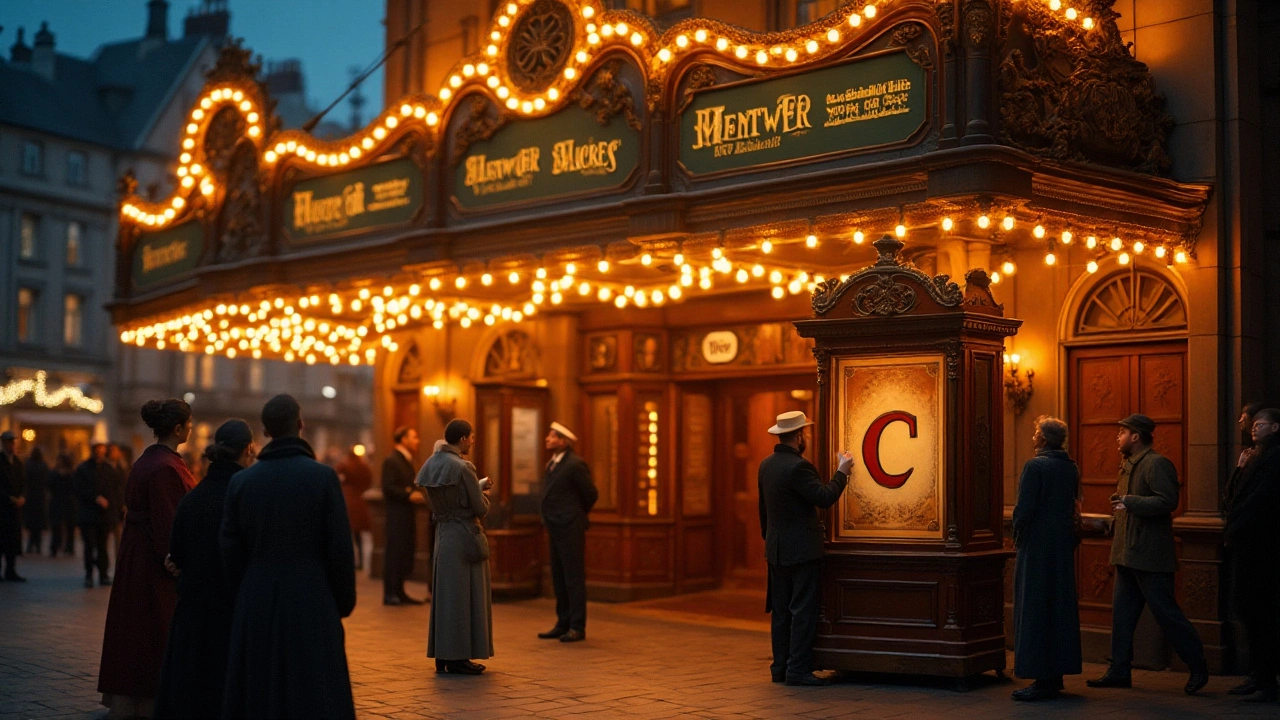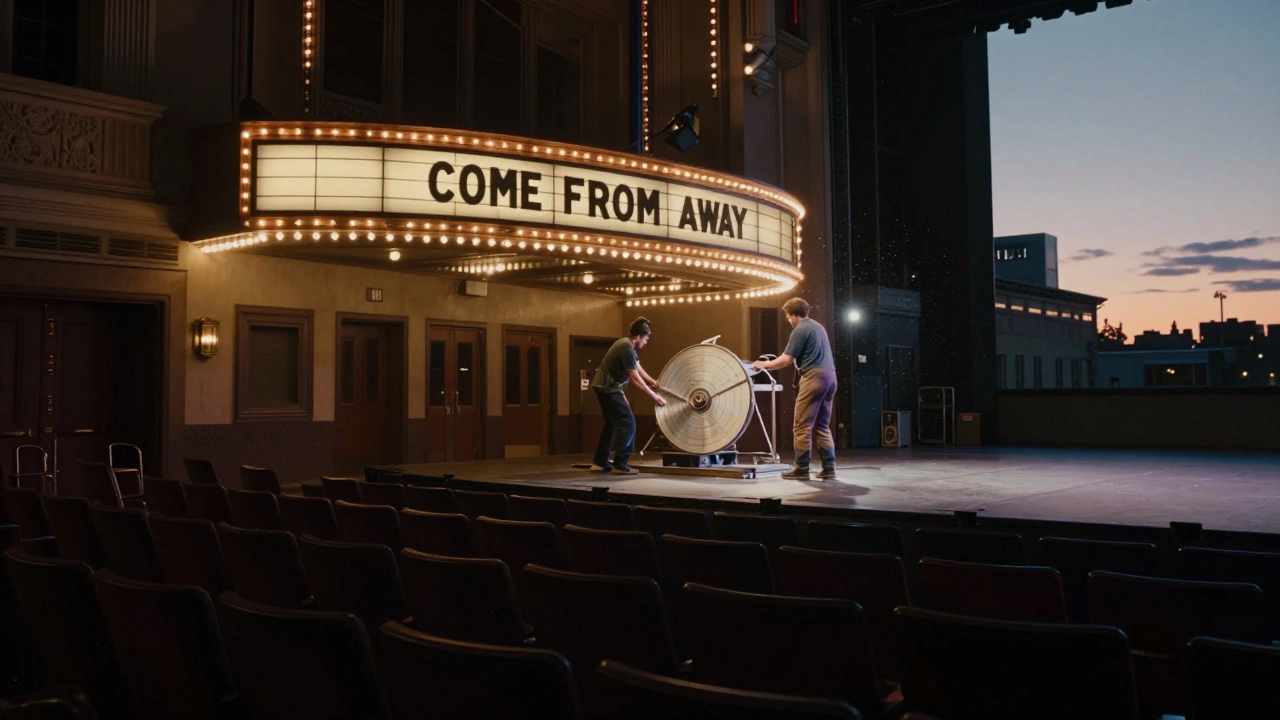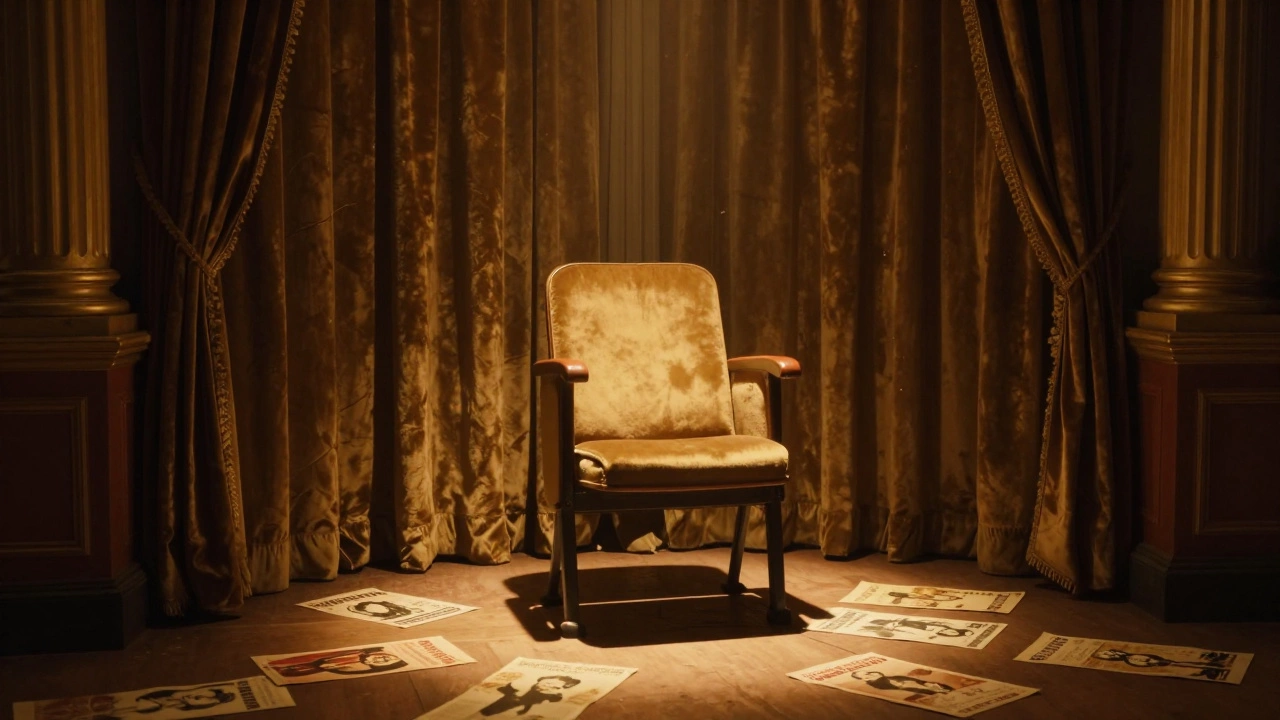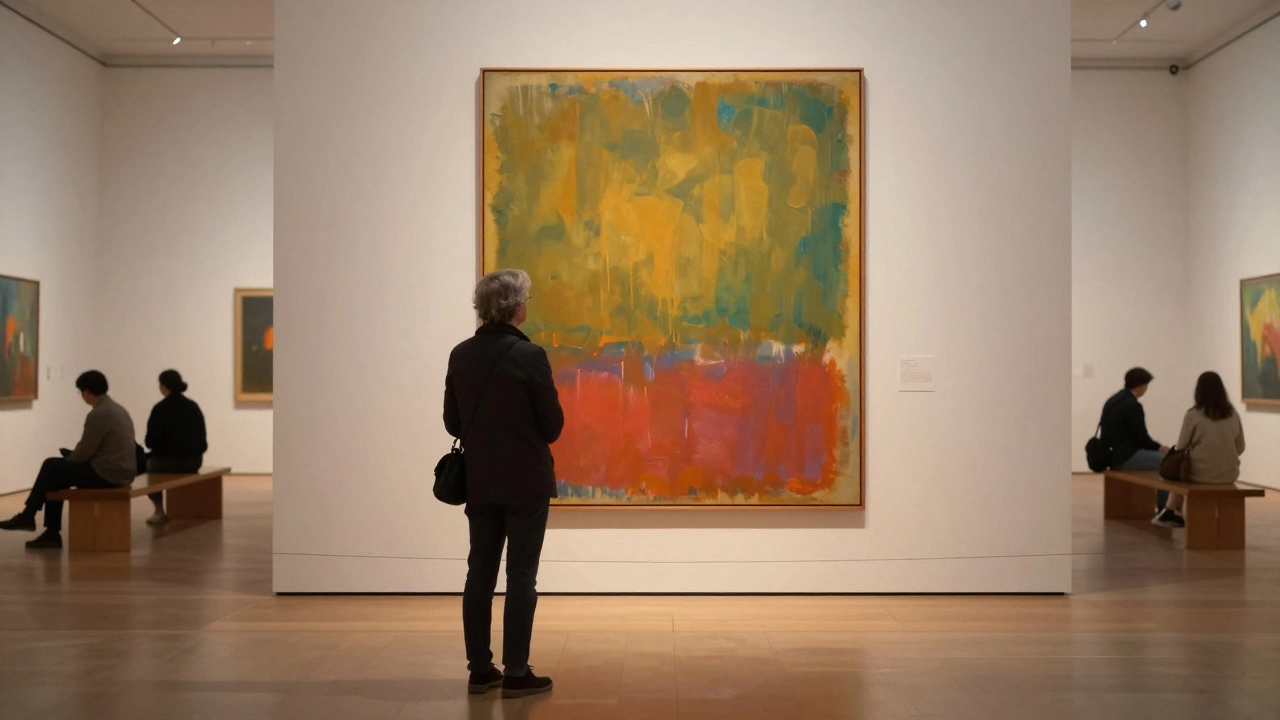Theatre Seating Made Simple: How to Choose the Best Spot
Walking into a theatre can feel like stepping into a maze of rows, aisles, and numbers. Most people just grab the first ticket they see, but a few smart moves can turn a good night into a great one. In this guide I’ll walk you through the basics of seat types, how to read a seat map, and the little tricks that keep you comfy and give you a clear view of the stage.
Understanding Seat Types and Their Pros
First, know the three main zones: orchestra (or stalls), mezzanine (or balcony), and boxes. Orchestra seats sit closest to the stage. They offer the most detail—you can see every expression, but you might have to look up if you’re far back. Mezzanine seats sit higher and give you a full‑stage perspective; they’re great for big productions where you want to see the whole set at once. Boxes are small, private sections tucked on the sides. They’re perfect for a date night because they feel exclusive, but the view can be angled.
Within each zone, rows matter. Front rows in the orchestra can be too close; you’ll have to tilt your head and miss the upper part of the set. Mid‑range rows (usually around row M to Q) balance distance and detail. In the mezzanine, aim for the middle rows—too front and you’re craning, too back and you lose clarity.
Seat width also changes with location. Seats on the aisle are a bit wider, giving you extra leg room. If you’re tall or need a quick escape for bathroom breaks, aisle seats are a win. Center seats give you a straight‑on view, while side seats can lead to a slightly distorted angle but often come cheaper.
Practical Tips for Booking the Right Seat
Start by checking the venue’s seat map. Most theatres post a simple diagram that shows each row and price tier. Hover over a seat if the site allows—it often shows a small view preview. If the preview isn’t available, use Google Images to search the theatre name plus “seat view” to see real‑life photos.
Set a budget before you browse. Seats in the front orchestra are pricey, but a good mezzanine spot can be half the cost with similar sight lines. Look for “premium” labels; they usually mean extra leg space or better sight.
Timing matters. Buying tickets the day they go on sale often gives you the best selection. If you miss that window, try the “rush” or “day‑of” sections—some theatres release unsold seats at a discount a few hours before the show.
Don’t forget accessibility. Many venues have designated wheelchair‑accessible rows with companion seats right next to them. These spots are usually well‑situated because designers plan for clear sight lines.
Finally, think about comfort beyond the seat. Check if the theatre offers seat cushions, or bring a thin pillow if you plan to sit for a long drama. A small bottle of water and a light snack can keep you focused, especially for matinées.
By understanding the layout, picking the right row, and timing your purchase, you’ll walk into any theatre feeling confident that you have the best seat for the experience. Now go enjoy the show—no more squinting or awkward neck tilts.
Understanding the Symbol 'C' in Theatre Productions
The world of theatre is rich with specific terms and symbols that bring unique context and meaning to its performances. 'C' is one such symbol, often associated with pivotal aspects of theater production. This article delves into the various interpretations of 'C', such as its significance in staging, script notes, and ticketing. Readers will gain insight into how these elements contribute to the theatre experience, enriching both the audience's understanding and performers' execution.






